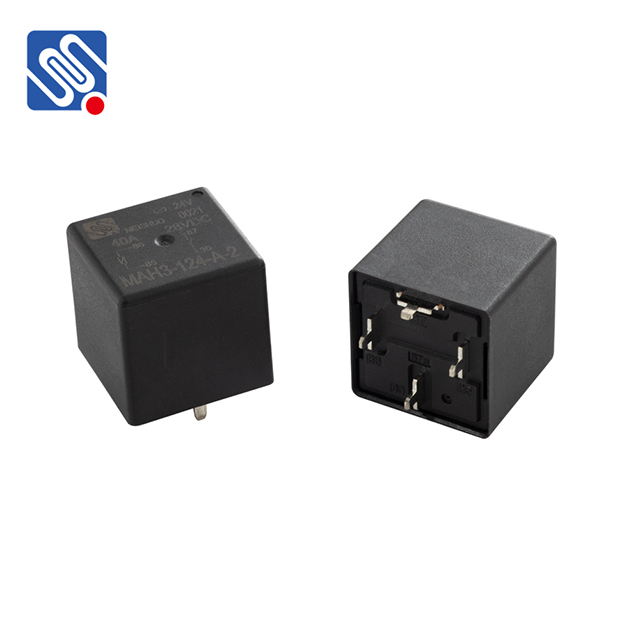Relay assembly is a vital process in the manufacturing of electronic devices and equipment that rely on relay systems for signal transmission and electrical control. A relay is an electrically operated switch that uses an electromagnet to mechanically operate a set of contacts. Relays are commonly used in industries such as automotive, telecommunications, and consumer electronics. The assembly of relays, therefore, requires precise techniques to ensure proper functionality and reliability.

In this article, we will explore the various techniques involved in relay assembly, including the components used, the assembly process, and the importance of quality control. We will also discuss the different types of relays and their specific assembly requirements. 1. Understanding Relay Components The key components of a relay include the coil, contacts, armature, and spring. The coil, when energized, creates a magnetic field that pulls or pushes the armature, causing it to make or break contact with the relay’s electrical contacts. The contacts can be either normally open (NO) or normally closed (NC), and the spring helps return the armature to its default position once the coil is de-energized.